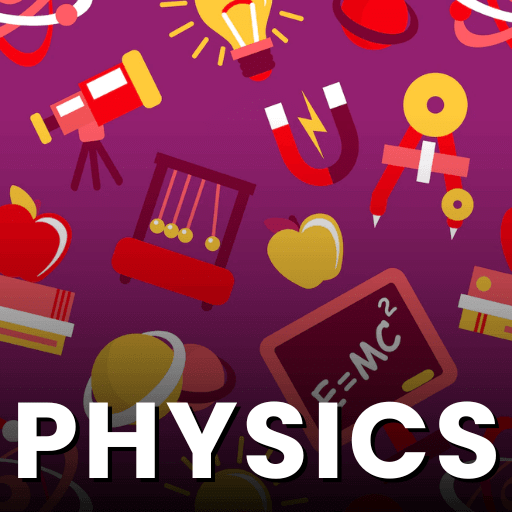Best Study Material for Year 11 Exam
Year 11 Exam > Year 11 Notes > Physics for GCSE/IGCSE > Consequences of Thermal Energy
Consequences of Thermal Energy | Physics for GCSE/IGCSE - Year 11 PDF Download
Simple Consequences of Energy Transfer
- The primary method of thermal energy transfer in solids
- When solids are heated, atoms increase their vibrations, leading to energy transfer from atom to atom
- Metals exhibit excellent conductivity; non-metals and gases demonstrate poor conductivity
- Liquids and gases are notably poor conductors of thermal energy
- Questions involving metals often relate to conduction
- Trapping air effectively insulates heat due to its poor conductivity; preventing air circulation inhibits convection currents

- The transfer of thermal energy occurs through conduction, convection, or radiation mechanisms.
- In this instance, the diagram emphasizes conduction as the mode of heat transfer.
Convection
- Thermal energy transfer in liquids and gases occurs mainly through convection.
- Heating a gas causes it to expand and become less dense, leading to upward movement known as a convection current. Cooler, denser gas descends to replace the heated gas.
- Questions involving liquids or gases that are not confined will likely involve the formation of convection currents.
- Placing heat sources at the bottom of objects typically induces convection currents. Similarly, cooling units positioned high up cool rising air, prompting it to descend again.

- Thermal energy transfer occurs through conduction, convection, or radiation.
- In this particular diagram, the emphasis is on convection as the mode of heat transfer.
 |
Test: Transfer of Thermal Energy - 1
|
Start Test |
Start Test
Complex Consequences of Energy Transfer
- In real-life scenarios, multiple forms of energy transfer typically occur simultaneously.
- Commonly, three main types of energy transfer happen concurrently.
- Conduction: This process involves the direct transfer of thermal energy between the tea and the solid cup surfaces, as well as from the cup to its resting surface.
- Convection: Thermal energy moves from the coffee's surface to the air directly above it.
- Radiation: Thermal energy disperses from the hot cup's sides in all directions to the surrounding air.

- Objects release heat until they reach thermal equilibrium with their surroundings.
- Example: A hot tea mug cools down until it matches room temperature.
- Eventually, the room, tea, and cup all stabilize at the same temperature.
Question for Consequences of Thermal Energy
Try yourself:
Which method of thermal energy transfer occurs primarily in solids?View Solution
Solar Panels & Heat Transfer
- In numerous warm regions, it's typical for residences to generate hot water using solar panels.

The document Consequences of Thermal Energy | Physics for GCSE/IGCSE - Year 11 is a part of the Year 11 Course Physics for GCSE/IGCSE.
All you need of Year 11 at this link: Year 11
|
127 videos|148 docs|35 tests
|
FAQs on Consequences of Thermal Energy - Physics for GCSE/IGCSE - Year 11
| 1. How do solar panels work to convert sunlight into electricity? |  |
| 2. What are the consequences of heat transfer in solar panels? |  |
Ans. The consequences of heat transfer in solar panels can include reduced efficiency, as excessive heat can cause the panels to operate less effectively and produce less electricity.
| 3. How does thermal energy play a role in the efficiency of solar panels? |  |
Ans. Thermal energy can impact the efficiency of solar panels by affecting the temperature of the panels, which can in turn influence the amount of electricity produced. Managing thermal energy is crucial for optimal performance.
| 4. What are some complex consequences of energy transfer in solar panels? |  |
Ans. Complex consequences of energy transfer in solar panels can include issues such as hot spots, shading effects, and mismatches in the electrical output, all of which can impact the overall efficiency and performance of the panels.
| 5. How can heat transfer be managed effectively in solar panels to optimize energy production? |  |
Ans. Heat transfer in solar panels can be managed effectively through proper installation techniques, use of cooling systems, and regular maintenance to ensure that the panels operate at their highest efficiency levels.
Related Searches


























